■ Interview with Hiroshi Sato, the Pianist Who Was Called Japan’s Best by Tatsuro Yamashita
In the previous article, I shared an interview with world-renowned jazz pianist Hiromi Uehara, who hails from Hamamatsu City, Shizuoka Prefecture. This time, I’m presenting an interview with Hiroshi Sato, a pianist, composer, and producer who was praised by Tatsuro Yamashita as Japan's number one pianist. There’s an interesting story about how I came to interview Hiroshi Sato.
Hiroshi Sato is one of my favorite keyboard players, and he has collaborated with J-pop legends such as Tatsuro Yamashita, Yoshitaka Minami, and Minako Yoshida, leaving behind many historically significant performances.
In addition, he released many solo albums. Unfortunately, he passed away suddenly in 2012.
I can honestly say that I learned J-pop through listening to Hiroshi Sato’s performances. The memory of his piano playing flows through my veins like blood.
In that sense, he was the musician I most wanted to interview, and the time I spent with him became an irreplaceable treasure for me.
The conversations I had with Hiroshi Sato during the interview were nothing short of blissful... though I’ve run out of space this time, so I’ll continue next time. Apologies!
This edition of Keyboards Gone Wild is about the remarkable performances Hiroshi Sato left behind and the story of how I ended up interviewing him.
■ The Interview with Hiroshi Sato Was Originally Planned with a Different Musician!
When I was working at the Hamamatsu bureau, I was involved in producing TV news cameraman reports. The theme was "from the cameraman's perspective," and I decided to take a different approach by focusing on an economic topic.
approach by focusing on an economic topic. The theme was: "Why are many CDs in Japan priced over 3,000 yen, while imported albums can be bought for around 1,000 yen? What is the reason behind this?"
It was 1995. The bubble had burst in 1991, and the yen was on a rising trend. In 1994, the exchange rate surpassed 100 yen to the dollar, and by 1995, it had exceeded 80 yen to the dollar.
In Hamamatsu, there was a well-established light automobile manufacturer, S Motors, and to cope with the strong yen, they were asking domestic parts manufacturers to reduce prices, leading to some negative side effects. Economic topics related to the strong yen were being covered by many journalists.
However, since I was a music lover, my focus was not on cars but on CDs.
I thought that by looking at the price difference between domestic and imported albums through the lens of musicians, it might offer insight into the current situation. This was an attempt to put into practice the advice from the previous interview with Toshiko Akiyoshi: "Look at society.".
At the same time, there was also the selfish desire to interview my favorite musician, which I must admit was lurking behind my motivation.
I called the office of my favorite musician, Tatsuro Yamashita. The response was not cold and dismissive, but rather an immediate "OK." My heart leapt with joy. Interviewing Tatsuro Yamashita was a dream come true, or rather, a dream within a dream.As the conversation progressed, the person in charge said…
"Ah, is this for a TV interview?"
Me: "Yes, it’s for TV."
Person in charge: "I’m sorry, but Yamashita-san is okay with radio interviews, but he does not accept TV interviews."
Me: "..."
That was the moment my dream was shattered... I thanked the person in charge and hung up the phone.
■ After Yamashita’s Rejection, I Moved on to the Next Musician
Looking back, I realized that it wasn’t surprising that Yamashita-san didn’t appear on TV. It was disappointing, but there was nothing to be done. As I shifted my focus to the next musician, the first name that came to mind was Hiroshi Sato, the amazing pianist who played on Tatsuro Yamashita's albums and whom I absolutely adored.
I contacted Hiroshi Sato’s office, and without any issues, I received the green light.
I first became aware of Hiroshi Sato’s piano when I was a second-year university student. A senior’s band had covered Yoshitaka Minami’s song “Tsukiyo no Ban ni wa,” and the pianist’s solo had become quite the topic of conversation.
The discussions went something like this:
“I’ve never heard a piano solo like that before.”
“It’s beyond imagination. Is that really a solo?”
“I hear that it’s played by a pianist named Hiroshi Sato. What an amazing solo!”
When I finally heard the original track, I was shocked and understood what my friends had been talking about. That track was on Yoshitaka Minami’s second album.
To Be Continued...
Since I can’t fully describe my conversation with Hiroshi Sato in this first part, I’ll leave it for next time. Apologies for that! Some never-before-heard stories will be coming up. Stay tuned!
■ Recommended Album: Yoshitaka Minami – Wasurerareta Natsu (Forgotten Summer) (1976)
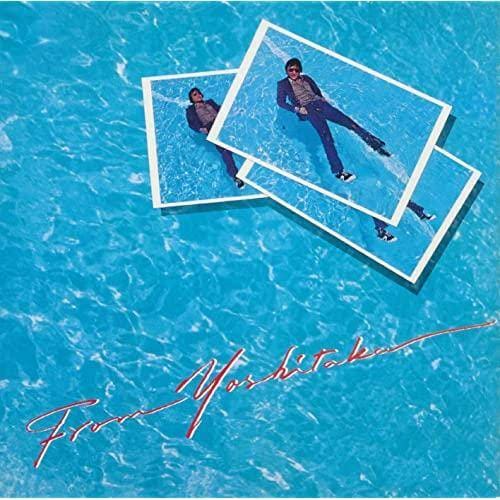
Yoshitaka Minami's second album. Many tracks carry the influence of Brazilian music and jazz. His distinctive phrasing is already fully developed at this point. This is the second album from the singer-songwriter, who would later break out with the massive hit "Monroe Walk."
Recommended Track: Tsukiyo no Ban ni wa (On a Moonlit Night)
A masterpiece from the early days of Yoshitaka Minami, based on samba. The Fender Rhodes piano is played by Hiroshi Sato.
Starting with a samba whistle, followed by a drum and bass solo... the intro was quite unique at the time. However, what’s even more unique is Hiroshi Sato's Fender Rhodes piano playing.
After the guitar solo (great sound!), the Rhodes solo that follows is absolutely stunning! The rhythm and melody blend seamlessly, and I want to say that this is one of the coolest piano solos in J-pop. It's creative, spontaneous, and filled with beautiful melodies, making full use of the space. Where do such solo ideas come from? I’m left speechless. This is a must-listen!
And the Rhodes piano playing doesn’t stop at the solo—it also shines in the backing.
The conversation with Hiroshi Sato during the interview will be continued next time… Stay tuned!
■Musicians, Albums, Recommended Tracks, and Equipment Featured This Time
- Artists: Hiroshi Sato, Yoshitaka Minami, Tatsuro Yamashita
- Album: Wasurerareta Natsu (Forgotten Summer)
- Track: Tsukiyo no Ban ni wa (On a Moonlit Night)
- Equipment Used: Fender Rhodes Electric Piano
The “sound & person” column is made up of contributions from you.
For details about contributing, click here.











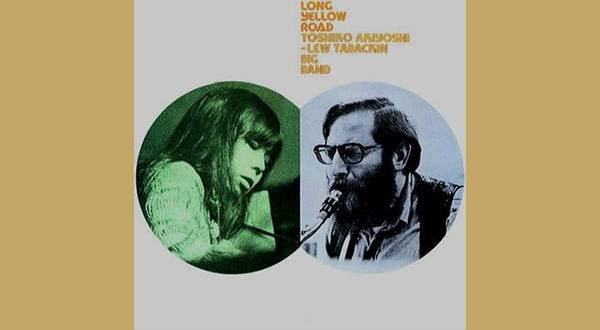
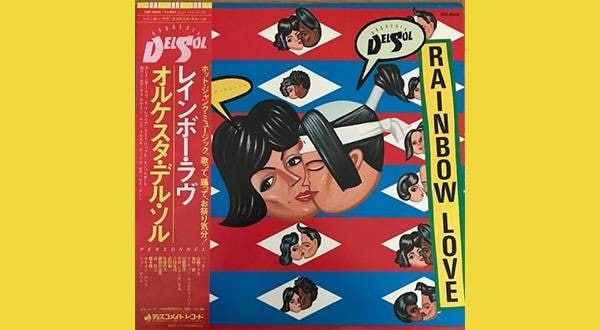
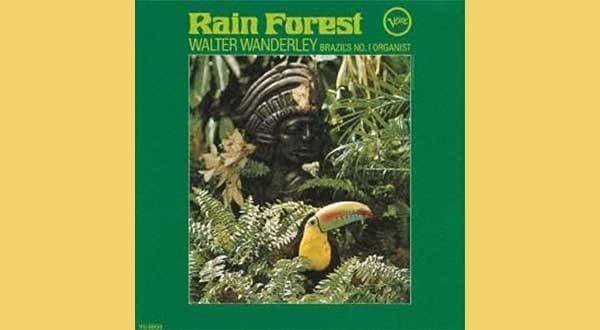
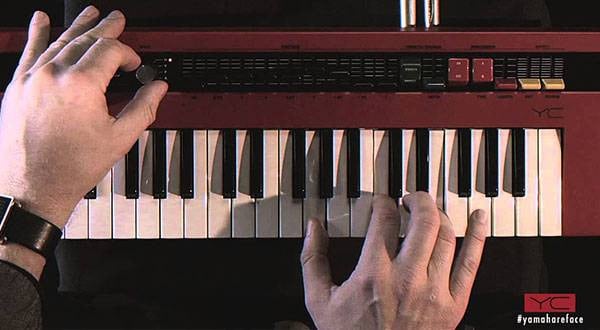
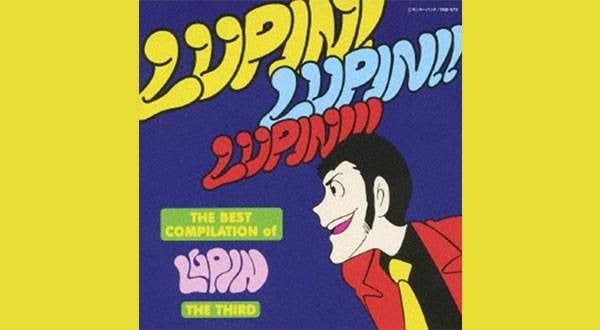
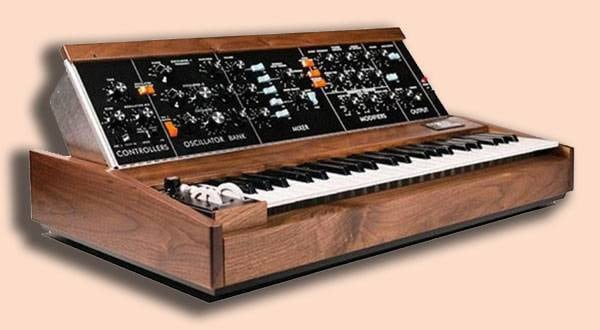
 YAMAHA YC61 特集
YAMAHA YC61 特集
 LP パーカッション
LP パーカッション
 超オススメのフレーズ道場 キーボード
超オススメのフレーズ道場 キーボード
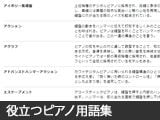 自分にあったピアノを選ぼう!役立つピアノ用語集
自分にあったピアノを選ぼう!役立つピアノ用語集
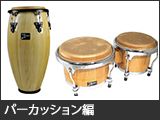 パーカッション編
パーカッション編
 キーボードスタートガイド
キーボードスタートガイド















